Expertise
.jpg)
Q&A: the art of influencing with Ian
Q: Ian, influencer marketing is a broad term, and not all partnerships are created equal. When brands collaborate with influencers, what should they keep in mind to get the most value?
A: “It all starts with expectations—setting the right ones from the beginning. Brands and influencers need to be on the same page about what the brand wants and what the influencer needs to make it happen. And this has to happen before jumping into budgets and deliverables.One common misconception I see is assuming that more followers means more impact. Impressions and views don’t always translate into real results, at least not right away. Bigger brands tend to grasp this better. It all comes down to being thoughtful, showing up consistently and investing in the program for the long haul. Brands can’t just do one video and expect magic. It takes time and trust to make it work.”
Q: Let’s talk about success then. When it comes to influencer marketing, some brands try to do it all. But there’s a big difference between short-term conversions and long-term brand building. Where do influencer partnerships have the most impact?
A: “I’d say influencer partnerships work best for long-term brand awareness. People buy things when they’re ready, not just because someone gave them a link. The real value of an influencer is keeping a brand top of mind—being part of their audience’s everyday conversations and experiences. This is where I think influencer partnerships can drive the most eyeballs.”

Q: So some brands still see influencer marketing as the “wild west,” which makes them hesitant to take risks. What’s one common mistake you see brands make and how can they avoid it?
A: “Micromanaging, hands down. The whole point of influencer marketing is that it works because it’s authentic. Influencers know their audience—they know what feels natural and what’s going to get engagement. But when brands get too controlling, it kills that authenticity.I always say, if you want someone to stick to a strict script, hire an actor—and I can do that, don’t get me wrong—but that’s a different kind of content. But if you’re working with an influencer, you have to trust them to create something that fits their voice and resonates with their followers. The best approach? Set some broad guardrails—like keeping the tone positive, avoiding certain language or making sure the product is shown in the right light—but then let the creator do what they do best. That’s where the magic happens.”

Q: You’re touching on an interesting dynamic—the tension in influencer partnerships. Brands want control, while influencers need creative freedom. How can brands find the right balance?
A: “You hit on what it is really all about, finding that middle ground and setting expectations as to what that middle ground could look like. You’ve got to understand both sides from the start. As a creator, I like to work on the fly and improve as I go. When I’m in a space and creating content, I need to feel the energy. If there’s a counterpart in my scene, then I need to work with their energy as well. When you are too scripted, you end up losing this magic—magic that makes the piece of content resonate. The best partnerships happen when brands trust influencers to bring their own creativity to the table within a clear framework. Instead of dictating every detail, brands should outline the key themes, guardrails and goals, then let the influencer do what they do best—connect with their audience in a way that feels natural.”

Q: That sounds like the foundation of a great partnership—finding the right balance between brand goals and influencer creativity. How can brands identify strong influencer partners and set the stage for a successful collaboration?
A: “The best partnerships start with strategy and alignment. Brands need to have a clear vision of their audience and campaign goals before jumping into influencer collaborations. It’s not just about finding someone with a large following—it’s about finding someone who genuinely connects with the right people.A common mistake I see is smaller brands partnering with just anyone, thinking any exposure is good exposure. On the flip side, big brands sometimes throw money at every major influencer without a clear strategy. The key is doing your homework—understanding the influencer’s content style, their audience and how they align with the brand’s values. Partnerships that do this feel natural.”

Q: We’ve covered a lot of ground. Any final advice for marketers—especially those just getting started with influencer partnerships?
A: “Here are the key things in my book—remove your bias. Take risks. Align on expectations. Be consistent. And most of all—trust the process.”

What influence looks like
Ian Brownhill’s work with Dunkin’ (featured here as a “DunKing”) is a strong example of what happens when brands and creators build real trust. His New England roots, creative approach and authentic connection to the brand have made the partnership feel natural—resonating with audiences in a way that’s both entertaining and lasting. It’s not just about visibility—it’s about fit.
Successful influencer partnerships thrive on trust, creativity and shared goals. When brands invest in authentic collaborations, they don’t just reach audiences—they build lasting relationships. The brands that see the best results work with influencers as partners, valuing their expertise and giving them the creative space to connect in ways that feel natural. The strongest campaigns aren’t just seen; they’re remembered.





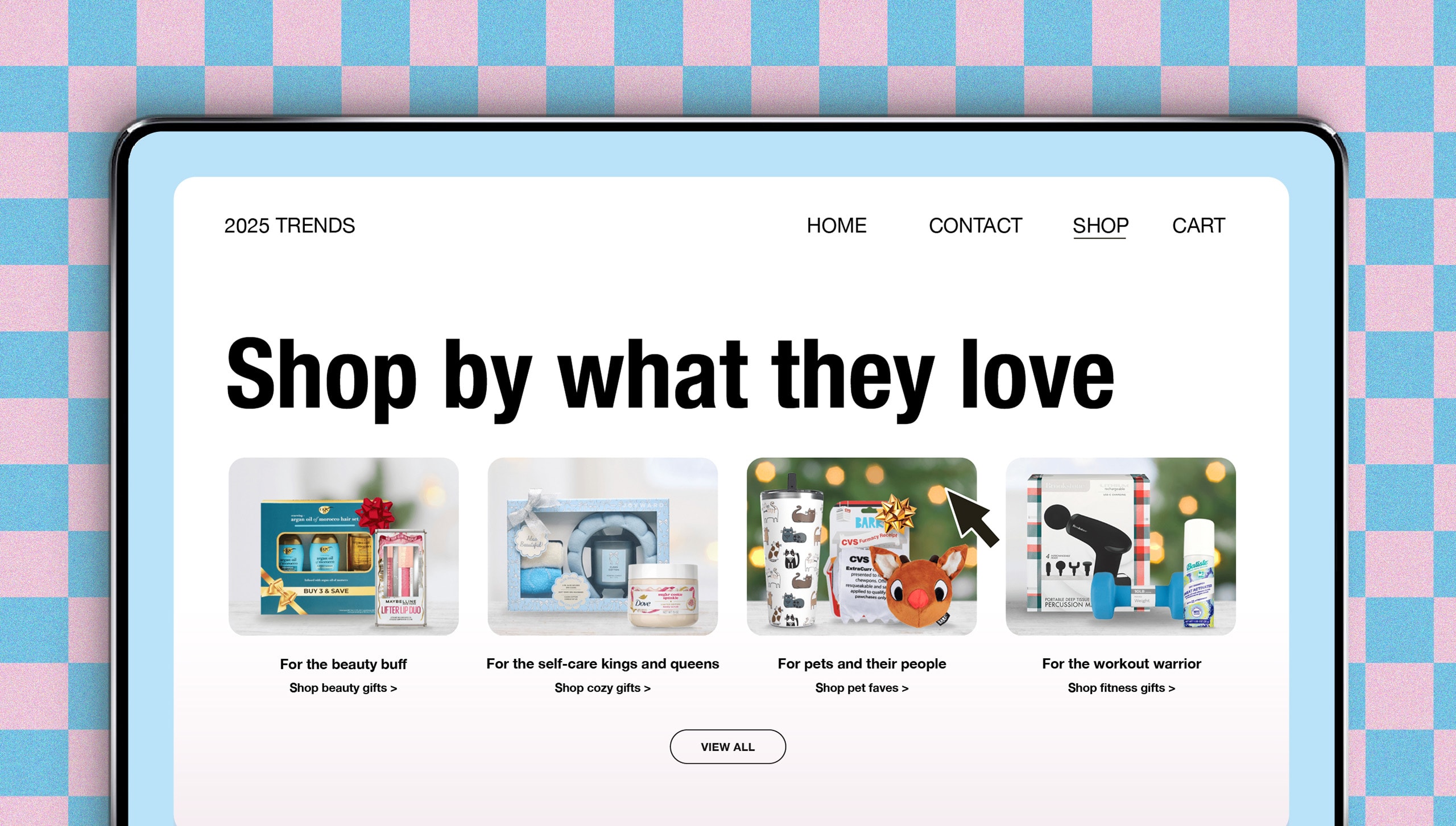

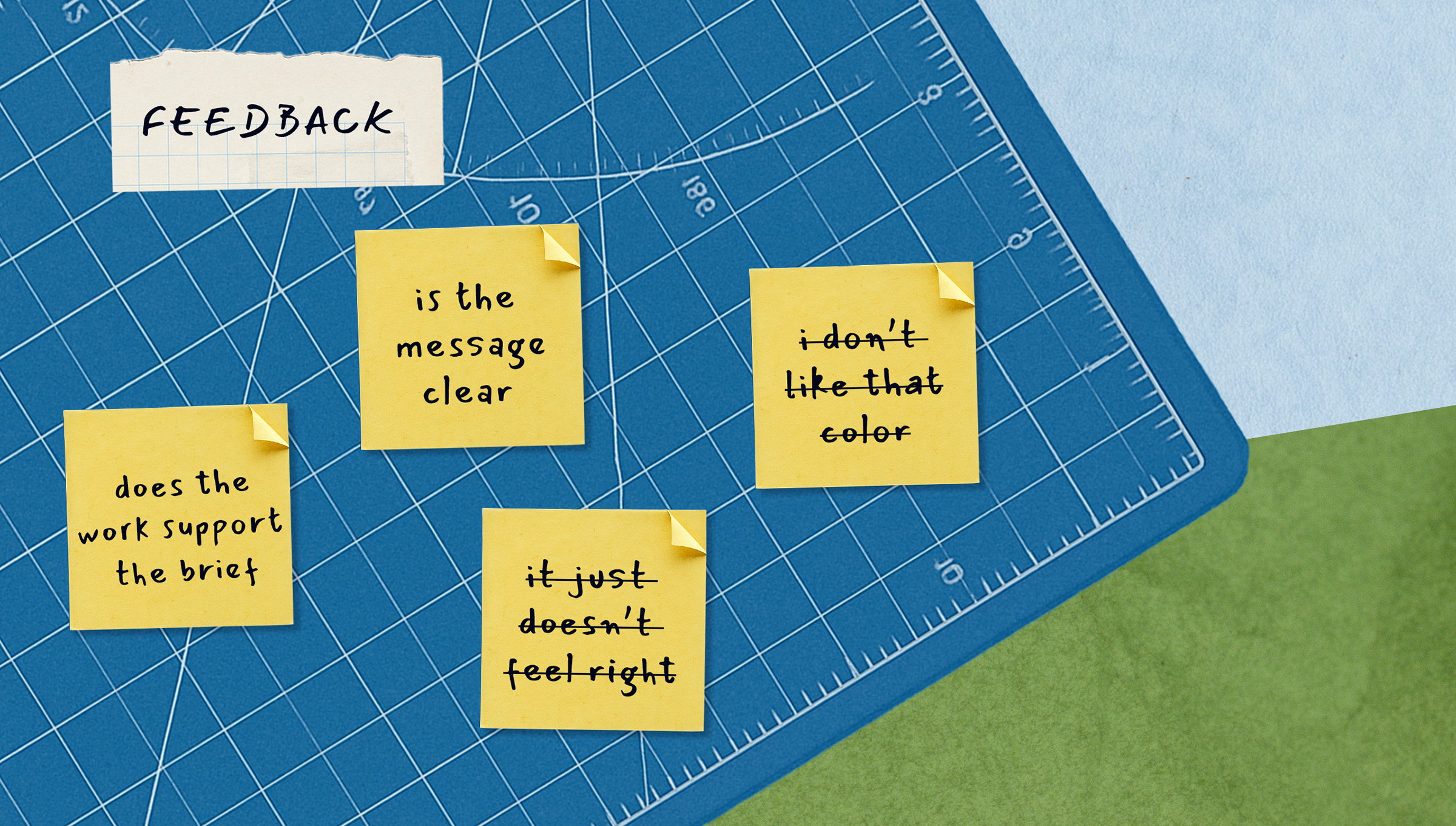
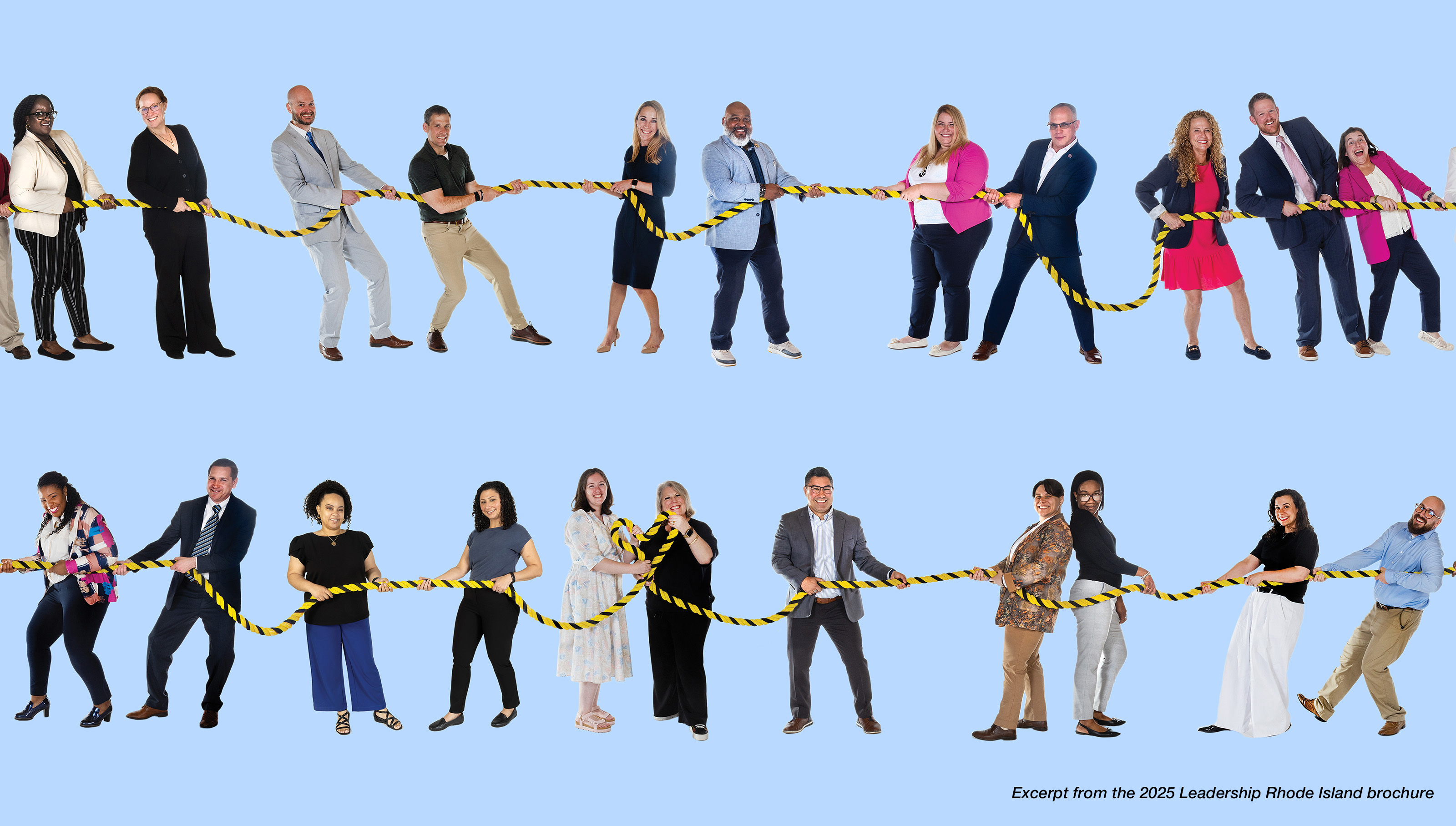
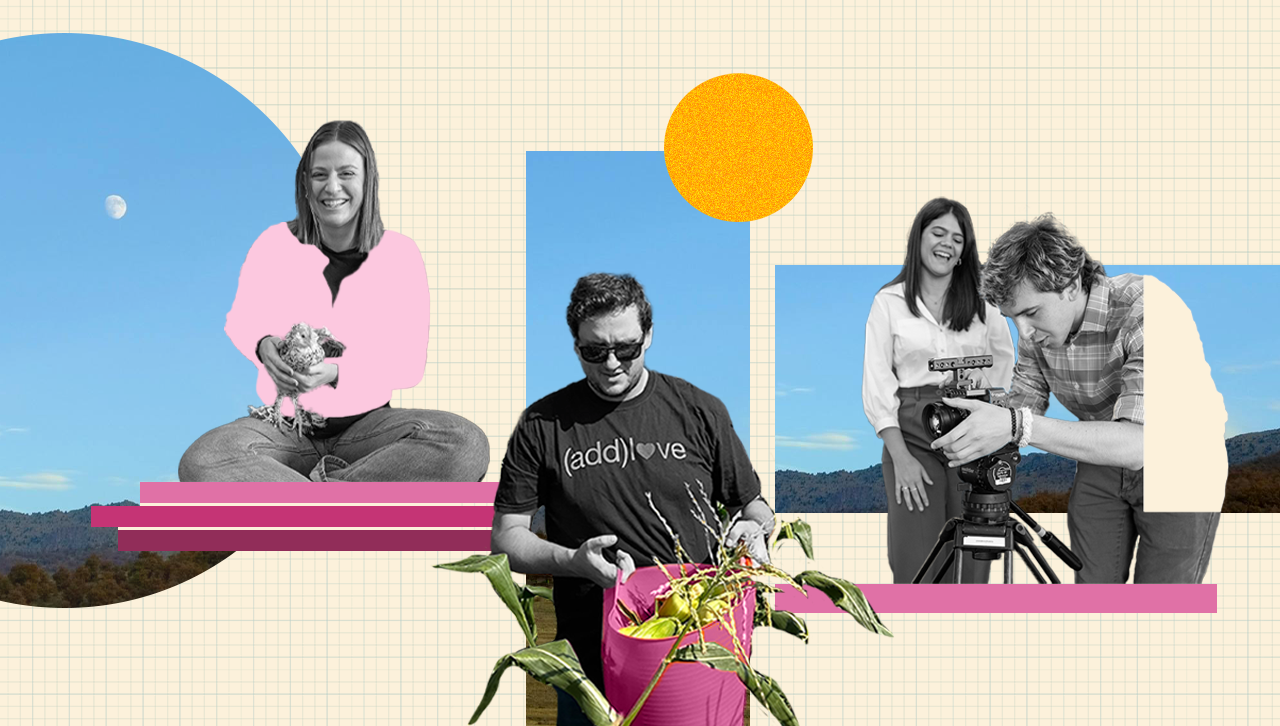

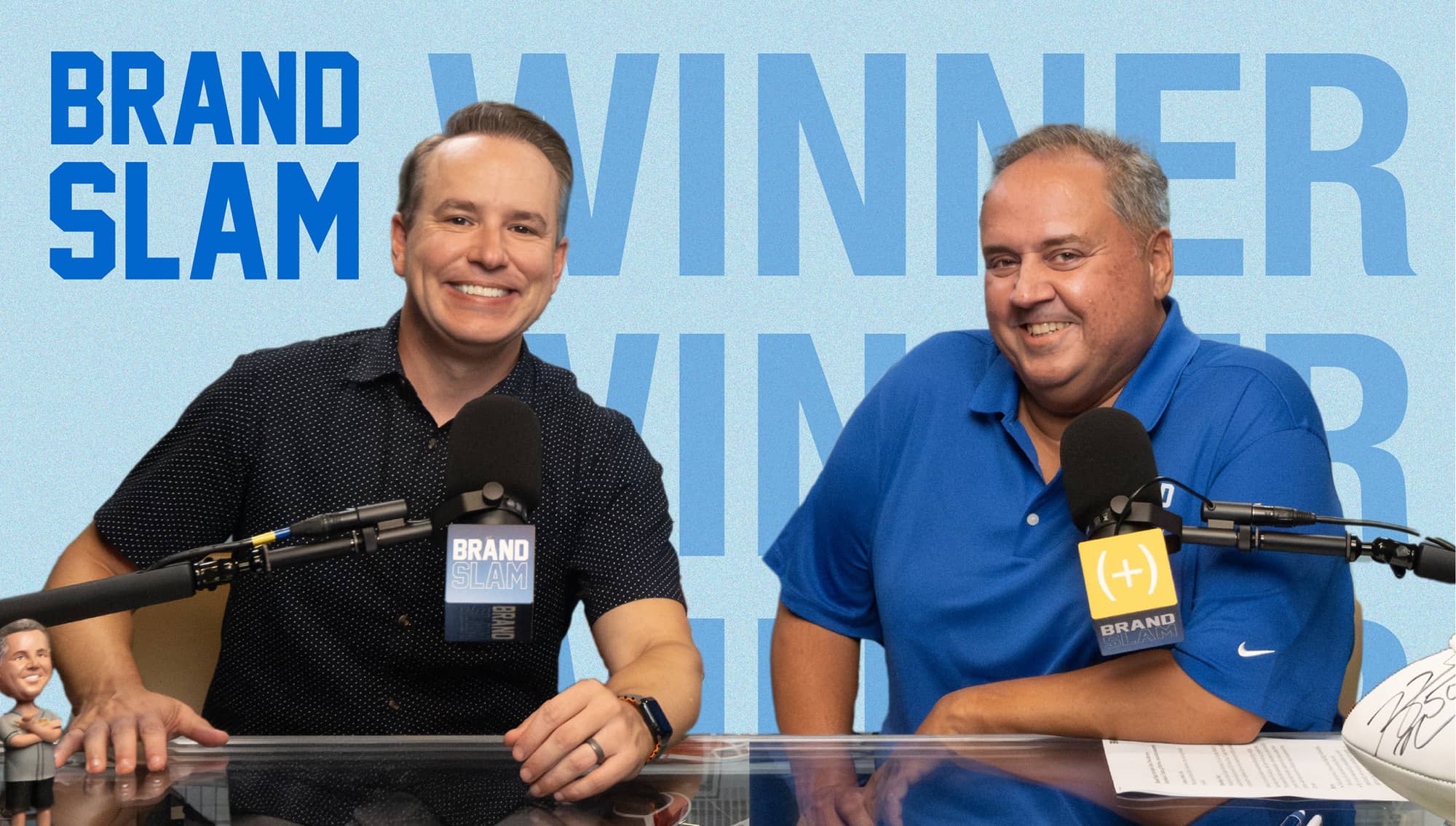


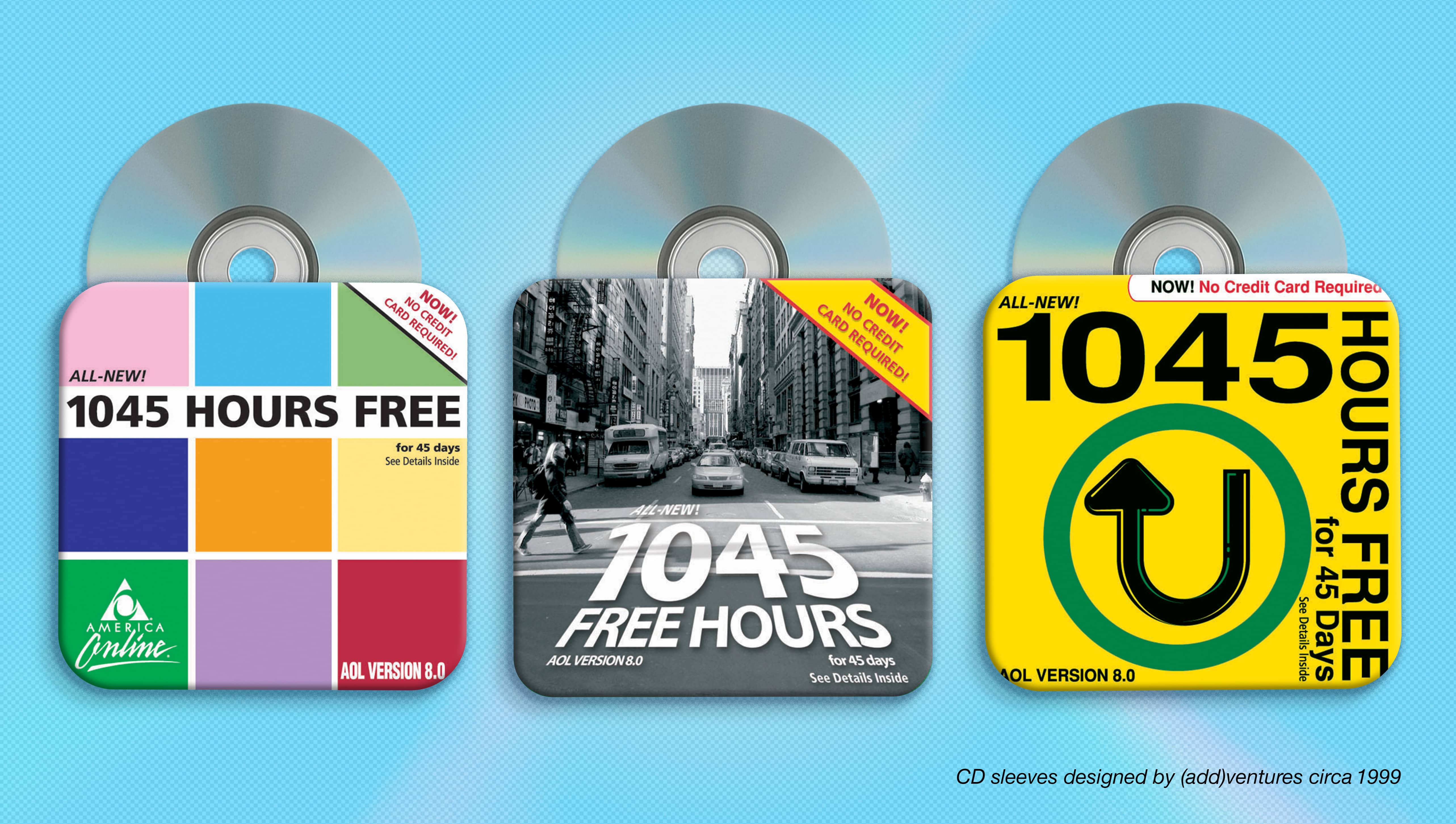







.jpg)
love.jpg)


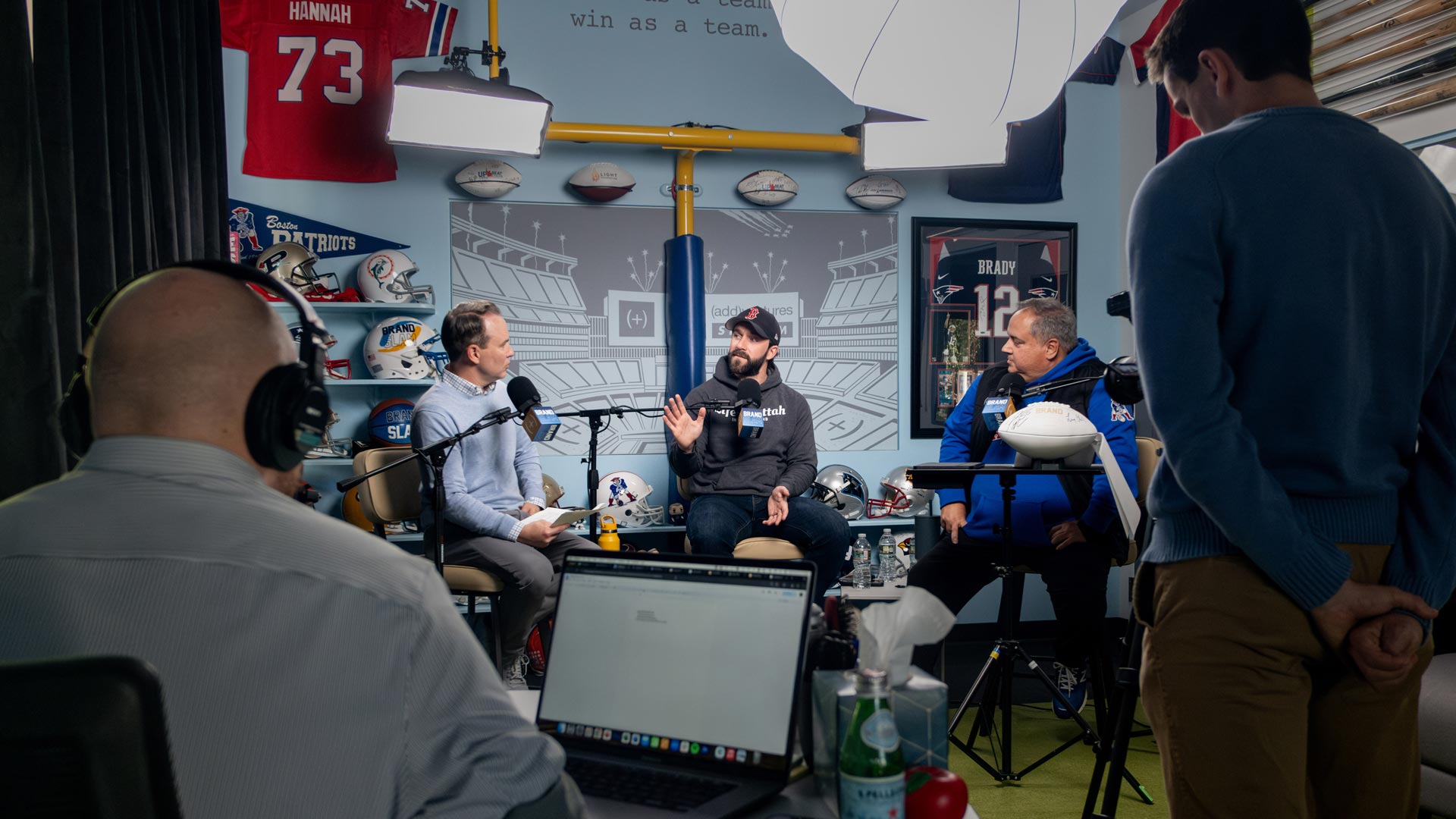


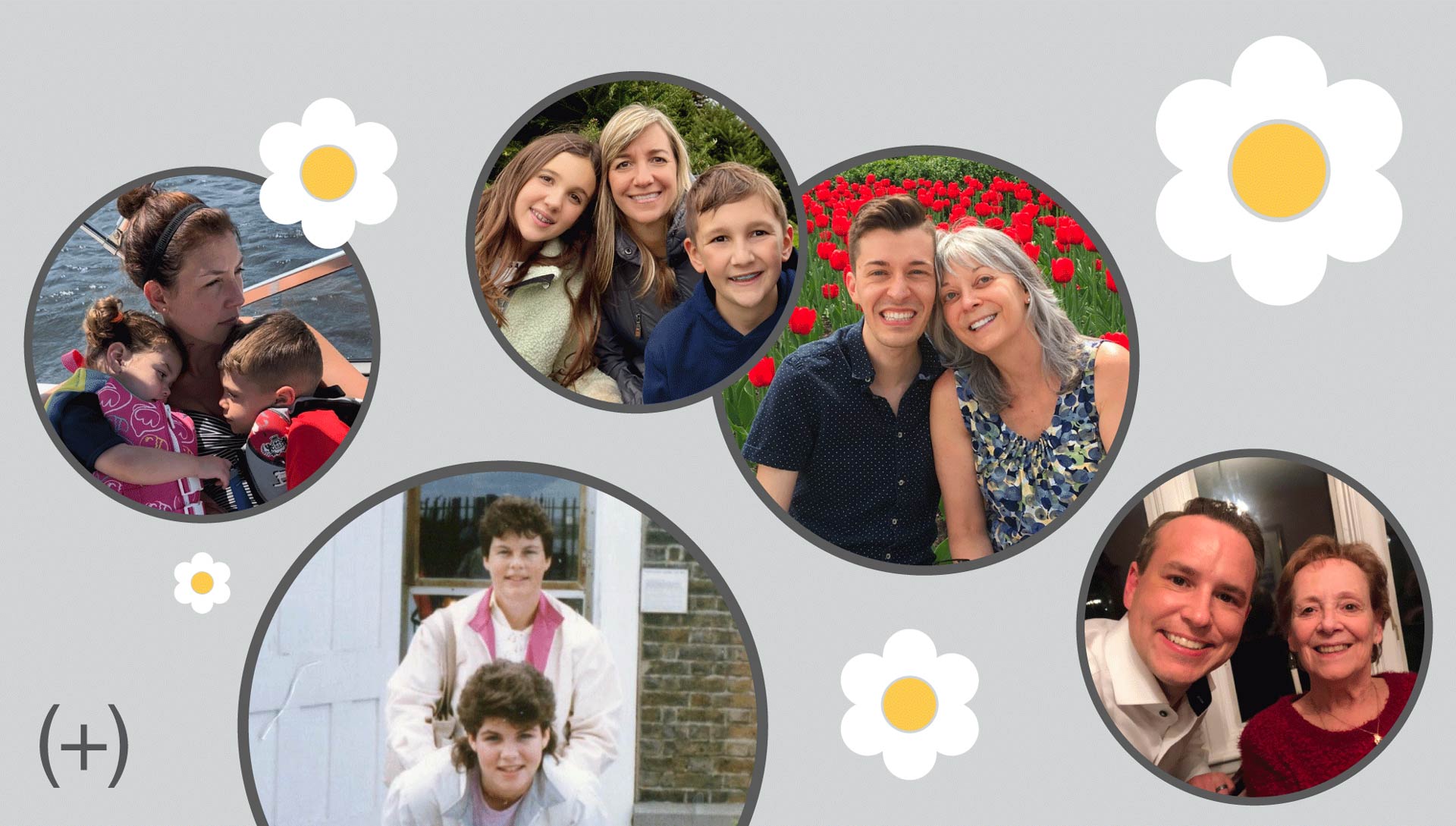


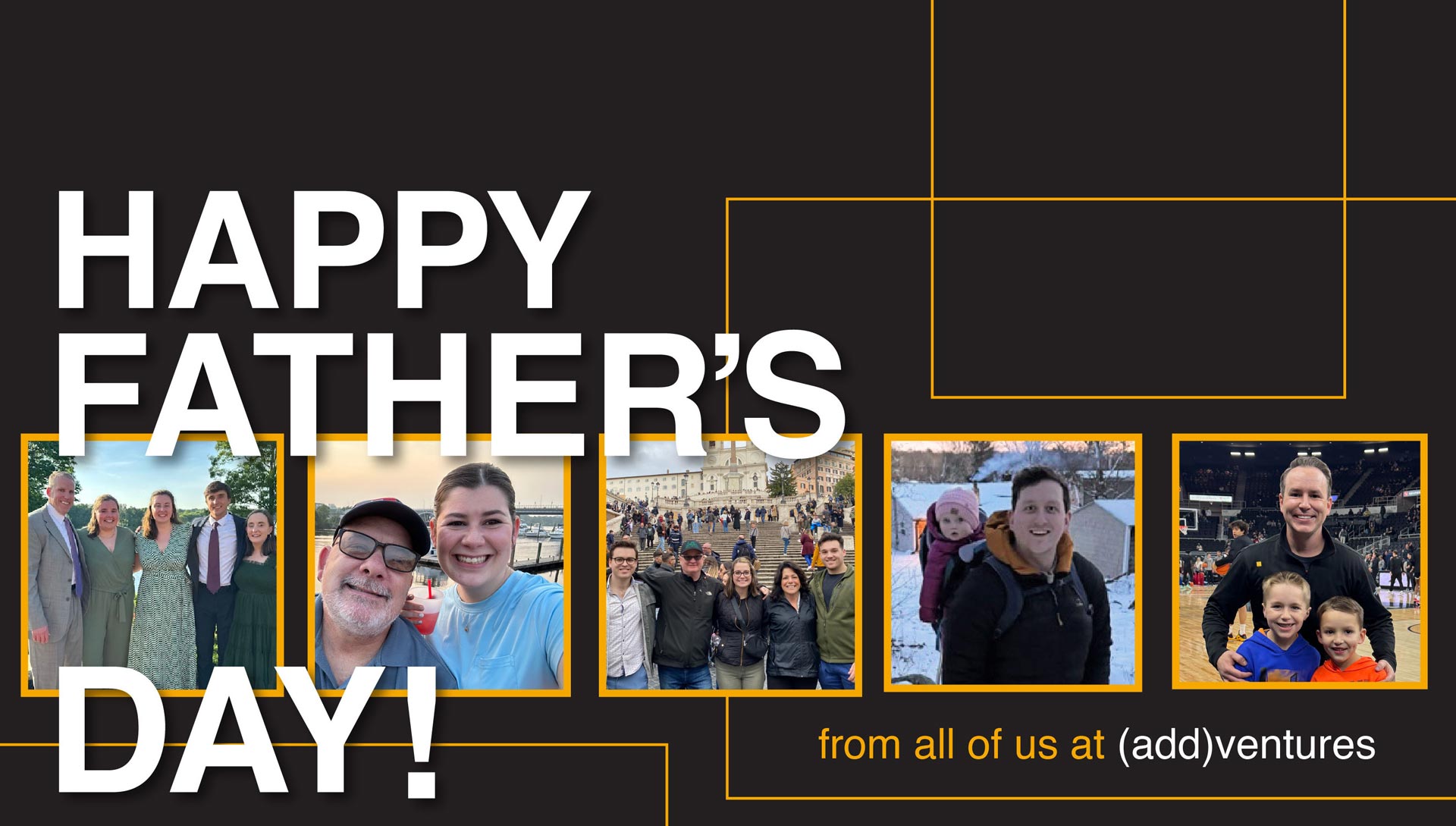
rentice-summer-2024-interns.jpg)
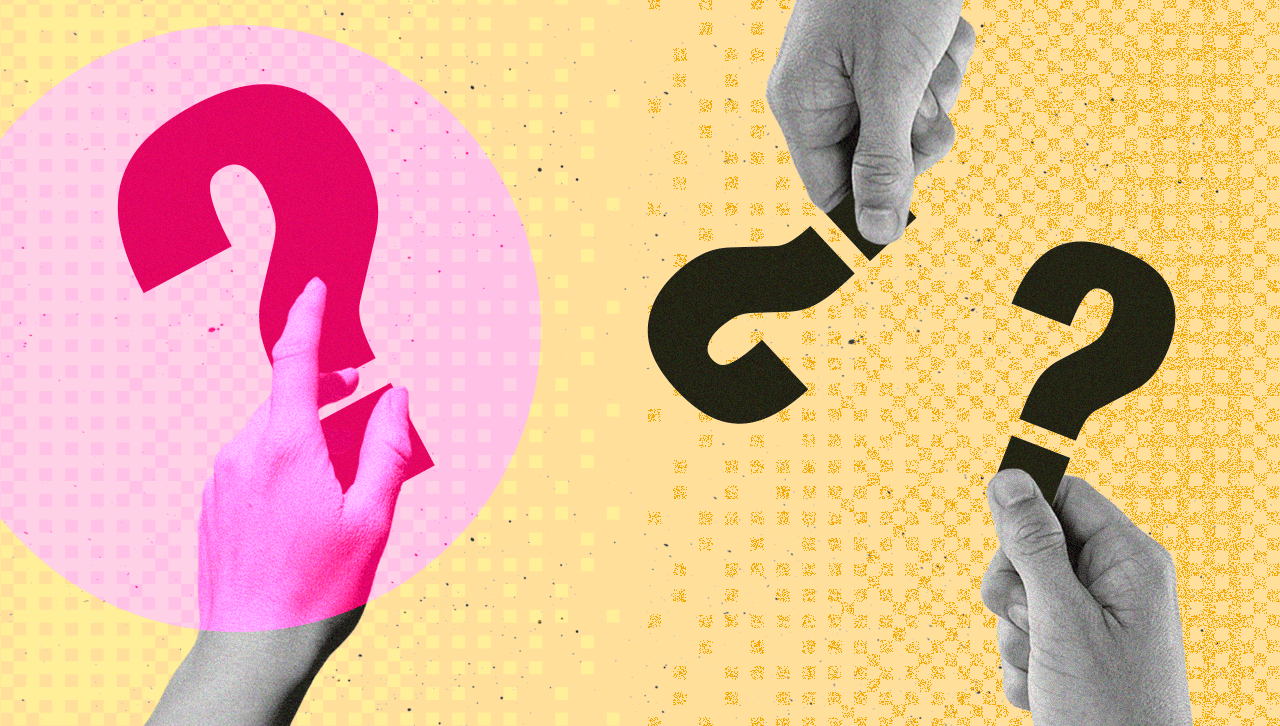
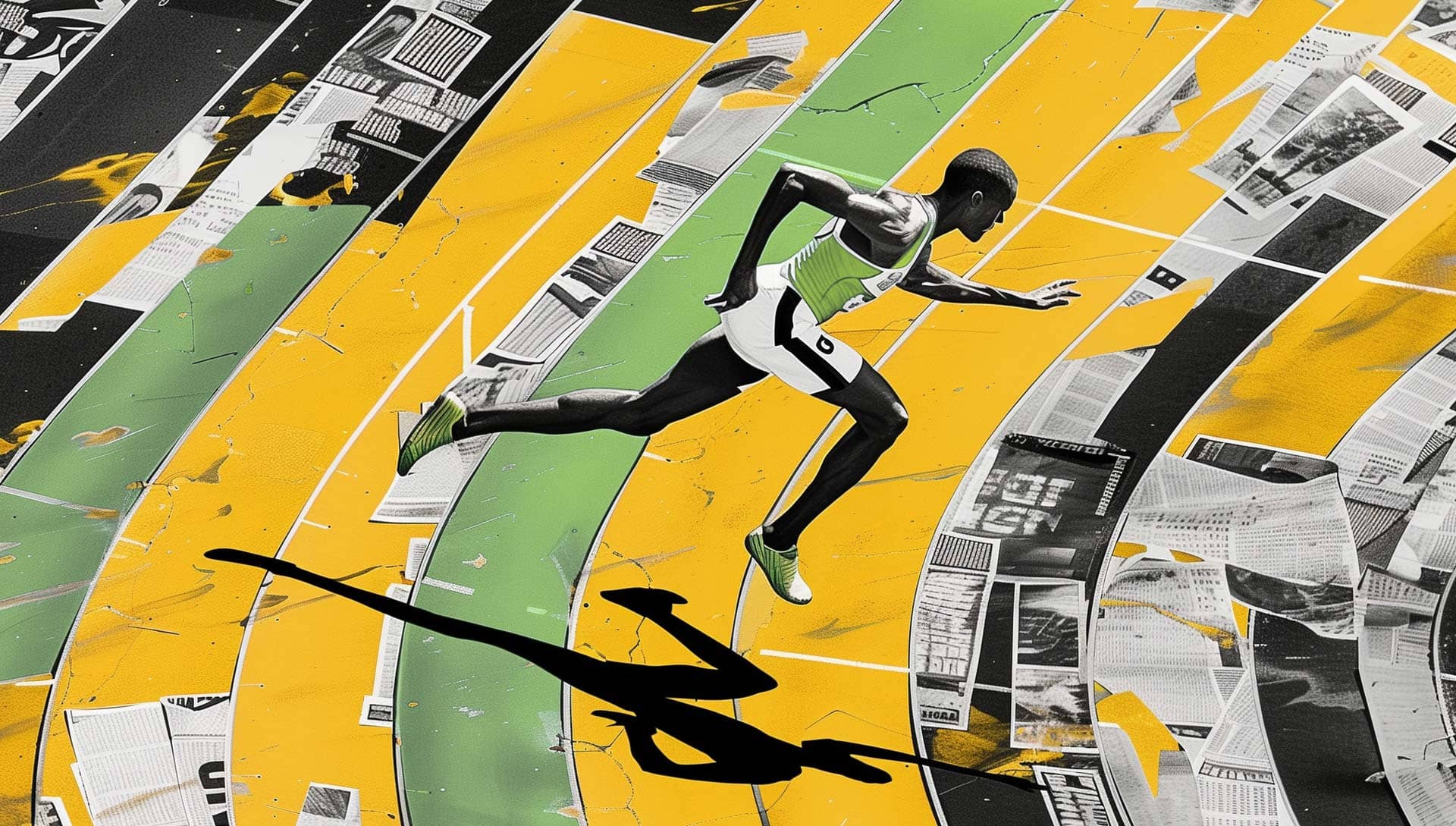
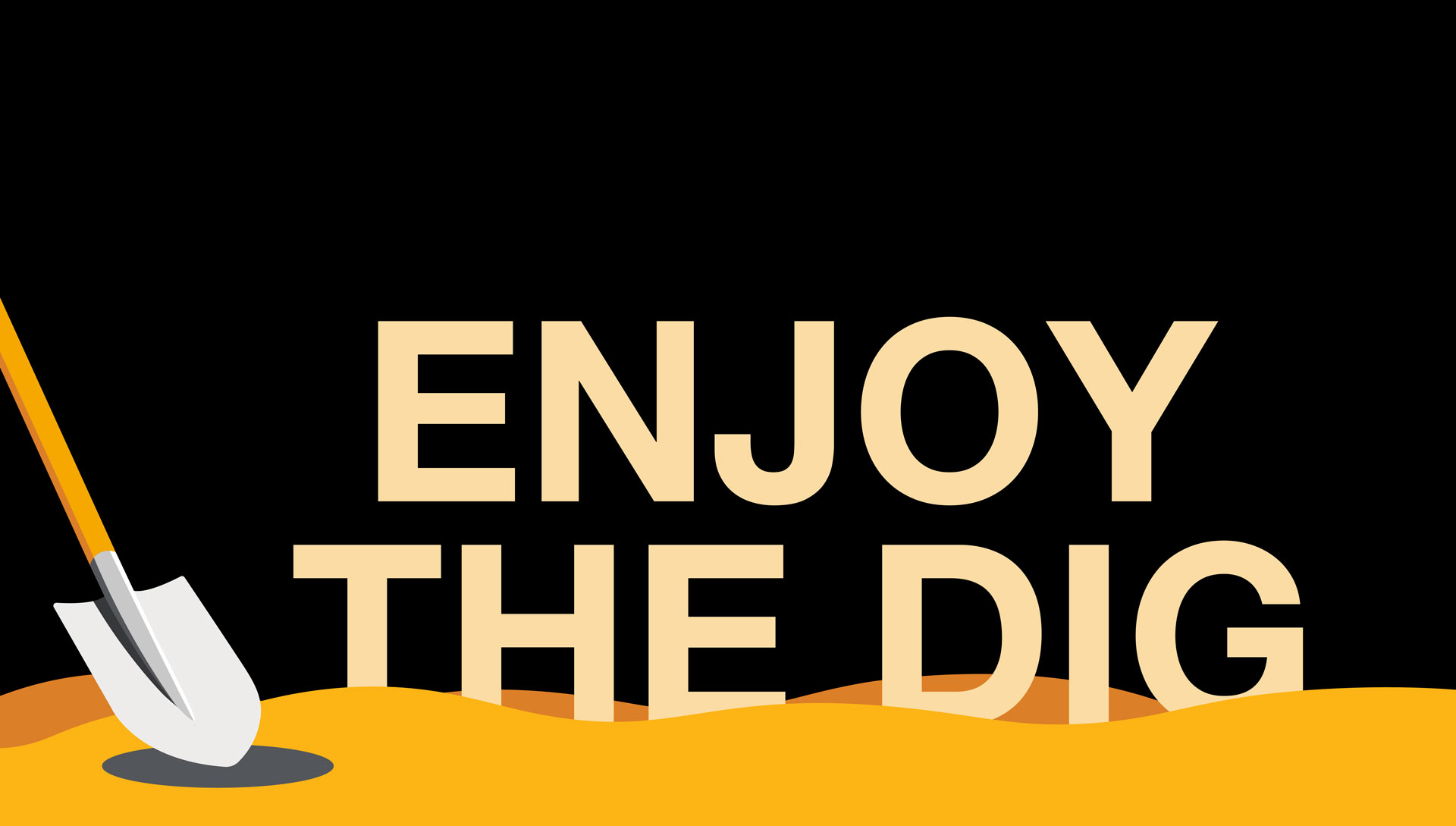

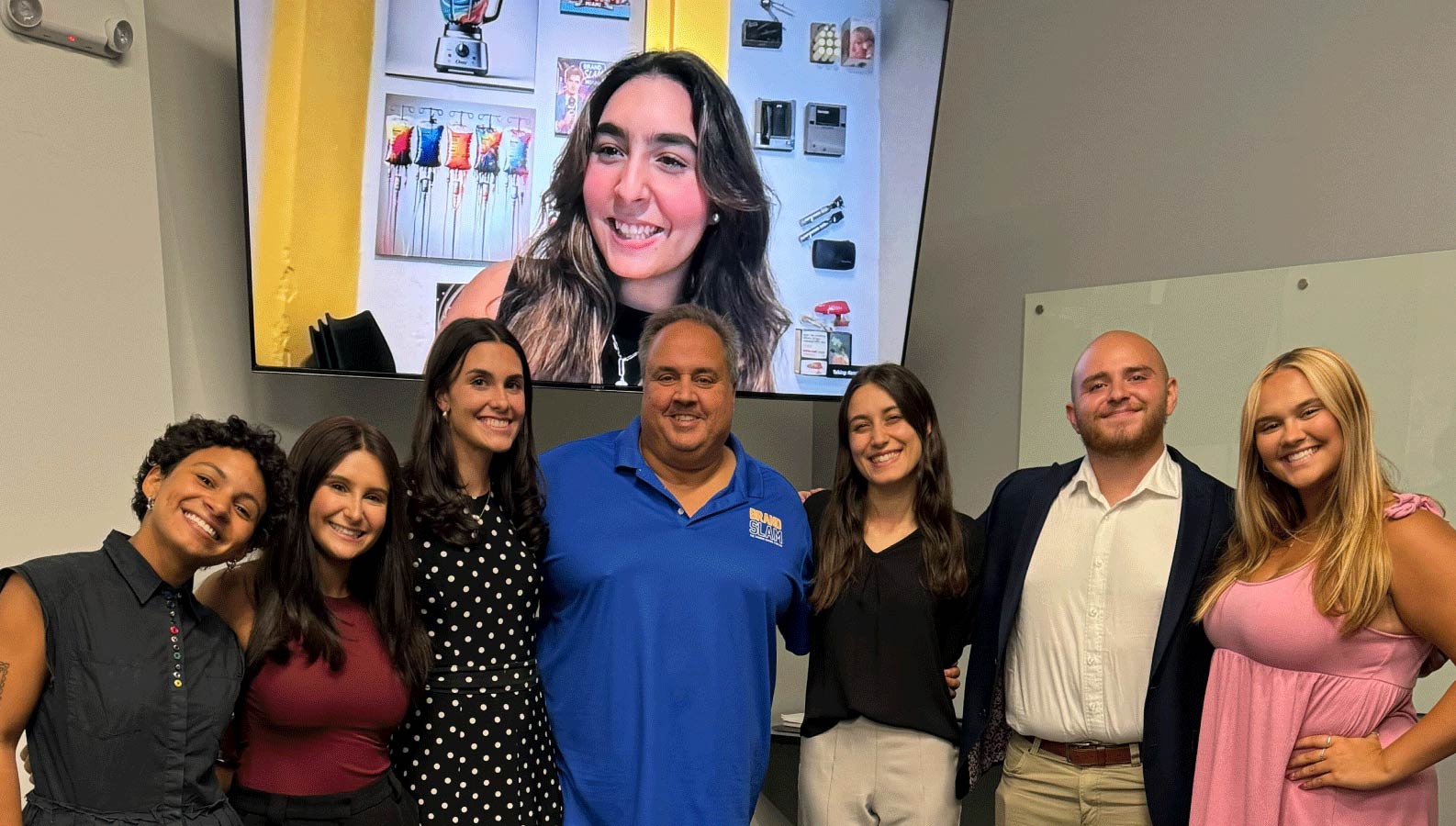



























.png)


.jpg)















